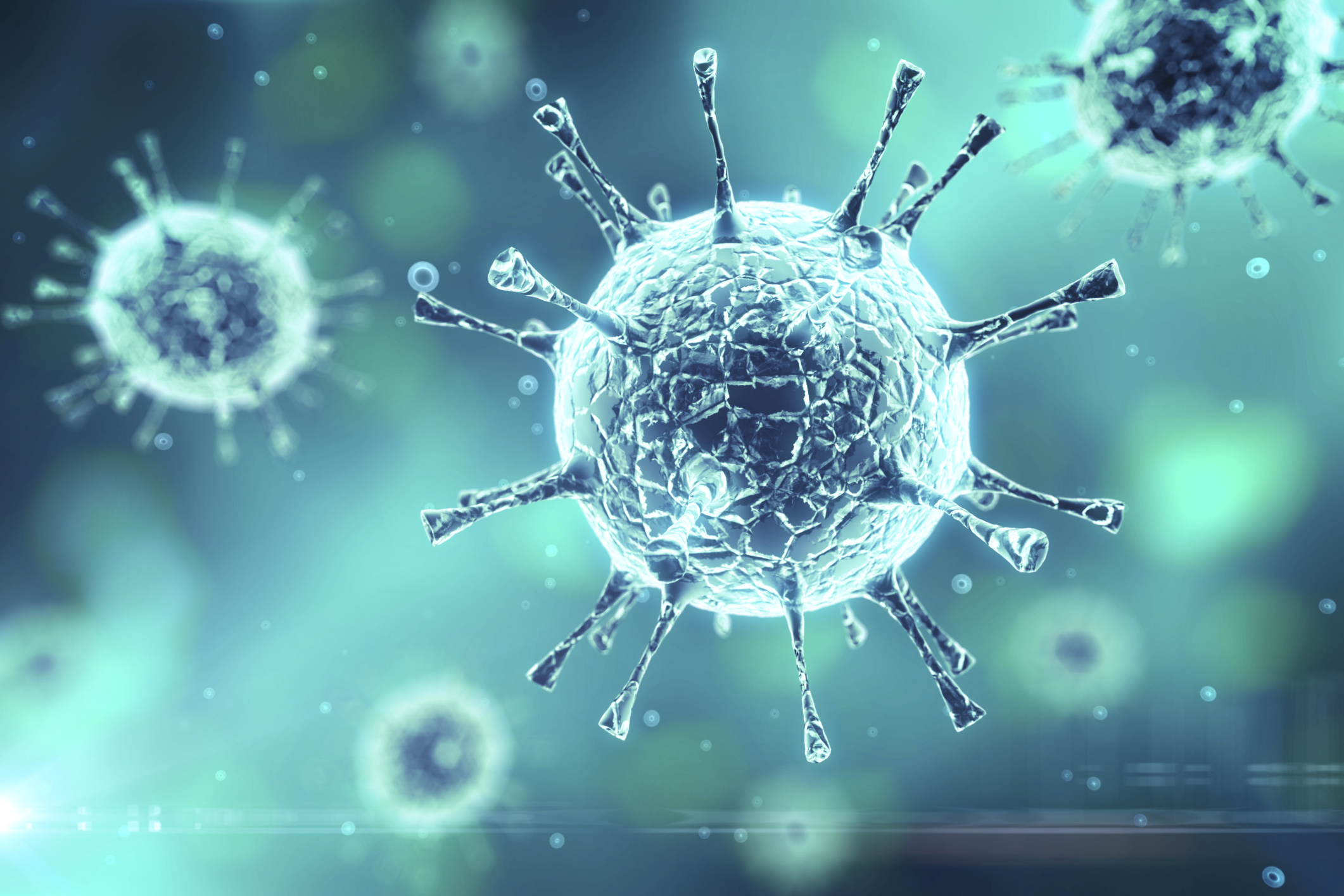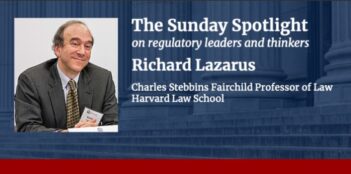
As researchers develop organisms that fuel your car, scholars warn that current regulations are not adequate.
Scientists are working on synthetically designed microorganisms that may soon produce everything from the fuel in your gas tank to your Spandex. Distinct from genetically modified organisms, which are created by the transfer of small amounts of genetic material, synthetic biology allows scientists to assemble entirely new organisms that may be more efficient than those naturally occurring in nature.
Some of these organisms can even function as tiny factories to produce rare and expensive chemicals and compounds. For example, Exxon expects to spend over $600 million towards the development of synthetic algae that may serve as an alternative biofuel over the next decade. Synthetic organisms could even be designed specifically to be released into the environment and consume carbon dioxide, mollifying the effects of global warming.
However, despite its potential advantages, synthetic biology could also produce dangers that are not met by the nation’s current regulatory system, according to a recent article by law professors Gregory N. Mandel and Gary E. Marchant.
Synthetic biology is currently regulated based on its use, typically by the U.S. Environmental Protection Agency under various statutes, such as the Toxic Substances Control Act (TSCA), the Federal Insecticide, Fungicide, and Rodenticide Act, and the Endangered Species Act. Yet these statutes are not tailored to meet the unique characteristics of synthetic organisms and their byproducts, argue Mandel and Marchant.
Synthetic organisms are unpredictable and have the capacity to evolve. If accidentally or purposely released into the environment, there is the risk that synthetic microorganisms will—like a man-made Andromeda Strain—reproduce, spread, and compete with natural organisms, evolving to pose risks to humans, animals, and the environment.
When agencies evaluate the safety of a controlled substance, the substance doesn’t usually change its composition by the time it reaches its consumers. Because synthetic organisms have the capacity to evolve, it is important that regulatory agencies possess clear authority to monitor synthetic organisms after they have been released into the environment, argue Mandel and Marchant.
TSCA may be the most important statute for regulating synthetic organisms because it requires testing chemical substances before, during, and after their use.
Unfortunately, TSCA has limitations that undermine the EPA’s ability to monitor synthetic biology technologies, say Mandel and Marchant. For example, TSCA only applies to chemical substances that are used for commercial purposes, which means that the EPA cannot use the TSCA if it wants to exercise authority over, say, a university research department seeking to release a synthetic organism into the environment for a field test.
In addition, both TSCA and other statutes regulating controlled substances impose testing requirements and include standards based on the relationship between the size of a substance and its risk. This makes sense when the risk of a substance is associated with its size, as with the dumping of radioactive waste or oil spills. However, Mandel and Marchant warn that a synthetic organism, like a virus, may be dangerous to a degree disproportionate to its size.
Many synthetically created organisms are designed to operate like factories to produce chemical substances that are expensive to produce naturally, such as isoprene, a chemical used to make synthetic rubber. Goodyear and other tire companies have invested in synthetic biology to engineer microorganisms that produce isoprene. Current statutes tend to evaluate the safety of an end-product. Mandel and Marchant argue that it is unclear whether the EPA possesses the capacity to evaluate the safety of an organism that is itself capable of producing end-product chemicals such as isoprene.
Although the regulatory system may not be prepared for synthetic biology, the solution is not extensive regulation, according to Mandel and Marchant.
Mandel and Marchant recommend a number of soft law approaches to encourage the field of synthetic biology while still protecting human health and the environment. They suggest the development of public-private partnerships to work towards new standards and codes of conduct in synthetic biology. They also favor creating an independent international scientific advisory board to assess the benefits and risks associated with advancements in synthetic biology.
Mandel and Marchant’s call for advisory organizations has already been realized: in March of this year, various industry, academic, and government representatives, including representatives from firms as varied as Dow, DuPont, Lockheed Martin, and Novartis, met to launch the Synthetic Biology Standards Consortium (SBSC). The SBSC is part of an initiative by the National Institute of Standards and Technology (NIST) to collaborate and develop safety, testing, and efficiency standards for companies as they begin to mass-produce experimental organisms. In 2009, the world’s leading gene synthesis companies went the self-regulatory route by forming an International Gene Synthesis Consortium to prevent the potential use of synthetic organisms for bioterrorism.
Mandel and Merchant do not find it surprising that a regulatory system devised prior to the development of synthetic biology is inadequate to protect against its risks. But they emphasize that action is needed now to address safety concerns about this new technology.



